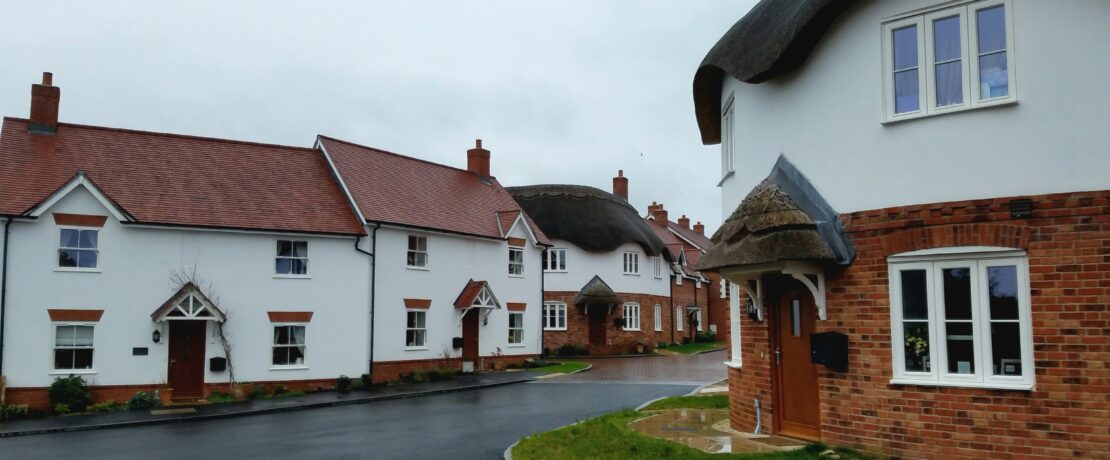Revised NPPF Consultation
The government recently launched a consultation on the National Planning Policy Framework (NPPF) aimed at delivering economic growth and 1.5 million new homes by the end of their tenure. The draft revisions to the NPPF include a mix of proposals that either accept or reverse changes made to the December 2023 version of the framework and then introduce new policies. The consultation will run until 24th September 2024 and you can view it here.
25th September update: please read Dorset CPRE’s response to the 2024 open consultation on the proposed reforms to the National Planning Policy Framework and other changes to the planning system.
Changes to how housing need is calculated
One of the main proposed changes is focused on the Standard Method, an algorithm used to calculate a local authority’s housing need. The Standard Method will move to being based upon existing houses in an area rather than future population projections. The new formula can be simplified to: Annual housing target = housing stock x (0.0032 + 0.0012 x Affordability Ratio). This adds up to about 370,000 houses a year across the country. Currently, use of the old algorithm is advisory, once the new NPPF is adopted use of the new algorithm will become mandatory, and the ability to claim exceptional circumstances for not using it will be removed.
What might this mean for Dorset Council and BCP Council areas?
Using the current version of the Standard Method returns a Local Housing Need figure of 1,788 homes per annum for Dorset, and 2749* homes for BCP (Bournemouth, Christchurch & Poole). Using the proposed new algorithm returns 3230 homes (187122 x (0.0032 + 0.0012 x 11.72)) per annum for Dorset and 2962 homes per annum for BCP. This is a significant increase in housing for the county, with Dorset Council now needing to find land for 48,450 homes over the 15 year lifespan of the new draft local plan as opposed to the approximately 40,000 homes provided for in the last draft Dorset Local Plan released in early 2021.
* BCP Council recently submitted their local plan for examination arguing that constraints justify a lower housing target of 1600 homes per annum
Green Belt Boundaries
The protection that the December 2023 NPPF gave to the Green Belt will be reversed, with those authorities that cannot meet their housing or commercial needs being required to review the boundaries and propose alteration to meet local housing need in full unless, ” the review provides clear evidence that such alterations would fundamentally undermine the function of the Green Belt across the area of the plan as a whole”. This will make it much harder for local authorities to rely on Green Belt constraints to avoid meeting their full local housing needs in their local plans.
On a more positive note
A sequential approach will be adopted to land release – brownfield first, then Grey Belt (defined as land in the Green Belt comprising previously developed land) and then Green Belt. All new developments must be in “sustainable locations” (but that is a huge area for disagreement).
Environmental constraints are all retained e.g. Protected landscapes, SSSIs, flood plains, historic heritage etc.
Responding to the consultation
We discussed the consultation at our 15th August Planning Group Meeting and set up a Working Group with volunteers collating the response for both a National CPRE One CPRE response and a separate response from Dorset CPRE.
Please let us know if there are any specific points, and on-the-ground experiences of the planning system that can illustrate and support your views, you would like us to consider in our response to the NPPF consultation. Please reply to info@dorset-cpre.org.uk by 5th September.






